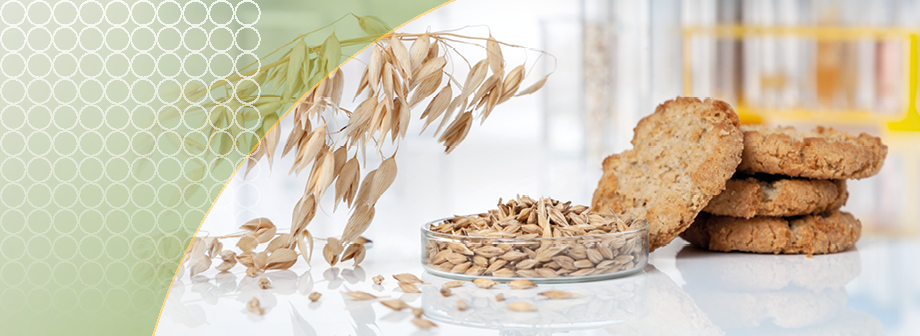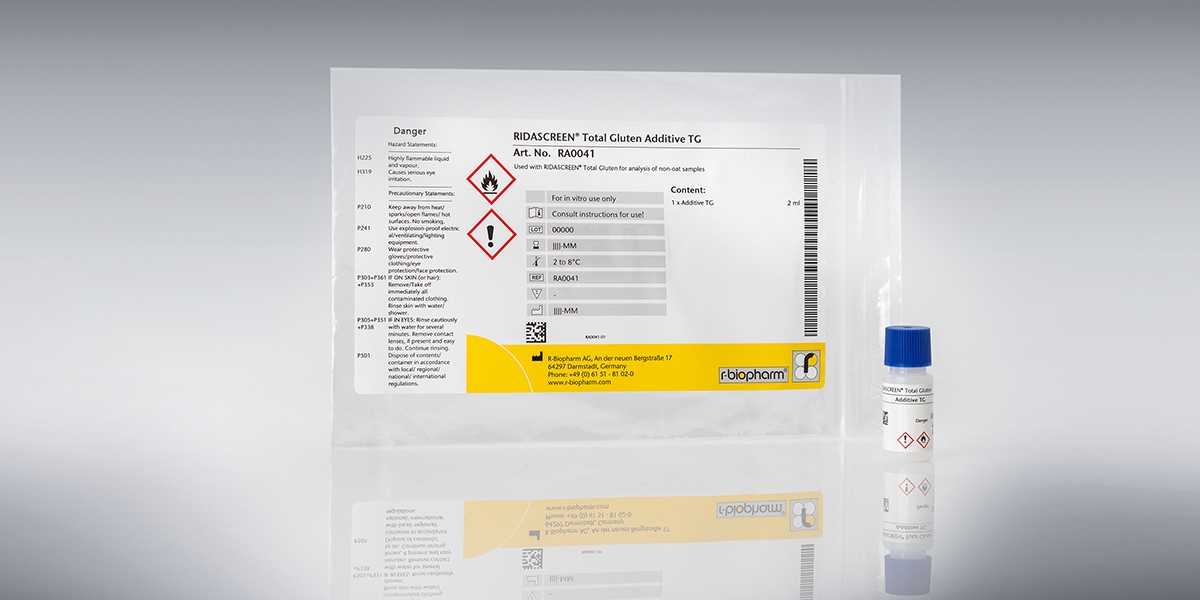
Recent news in Food & Feed Analysis
- Home
- /
- Gluten-free oats: how to...
Gluten-free oats: how to ensure safe oat products

Being rich in vitamins, minerals and fiber, oats are a valuable addition to the diet – especially for the gluten-free diet. However, the manufacturing of gluten-free oat products has some pitfalls.
Consumption of oats in North America and Europe has been increasing for several years now. Gluten-free oat products, made from special oats, which are not contaminated with gluten from wheat, rye or barley, are of vital importance in the gluten-free diet. The trigger of celiac disease is the intolerance to prolamins from wheat (gliadin), rye (secalin) and barley (hordein), while the oat-specific prolamin avenin does not provoke any reaction in most cases. There has been a great deal of discussion on the use of oats in the gluten-free diet, but meanwhile, most countries agree that non-contaminated oats are well tolerated by almost all people with coeliac disease. Thus, products from non-contaminated oats may be labeled as „gluten-free“ in the EU, for example. A requirement for this is that the oats are produced and processed separately and contain less than 20 mg gluten per kg. Conventional oats are not suitable for people with coeliac disease as they are highly contaminated with wheat, rye or barley. This contamination occurs for example:
- when oats are cultivated on fields where previously wheat, rye or barley was grown
- when wheat, rye or barley is grown on neighboring fields
- when oats are stored in silos together with other cereals
- when oats are ground in mills where other cereals are milled
- when equipment used for harvesting, transport, production or packaging is also used for other cereals
Difficulties in the determination of gluten in oats
https://www.youtube.com/watch?v=21bT6kKnGHoTo ensure that a product is free from contamination, it must be tested accordingly. For the determination of gluten in food, validated tests have been established for many years, notably the R5 antibody ELISA, which is recommended by Codex Alimentarius and AOAC (RIDASCREEN® Gliadin). However, when analyzing oats, the tests have weaknesses. The reason for this is that gluten consists of prolamins and glutelins, while the R5 antibody largely reacts only with prolamins. The number of reactive epitopes for prolamins is higher in rye and barley than in wheat, leading to an over-determination when rye or barley is present in a sample. In most cases, this is unproblematic as wheat is almost always the cause of an unintentional contamination. However, oats are often also contaminated with rye or barley, leading to inaccurate results. The alternative G12 antibody, which is used in some other tests, is not suitable at all as it shows cross-reaction with oats.
A new diagnostic method
With the aim of reliably measuring the gluten concentration also in oat products, the AOAC has defined requirements for a new diagnostic method (AOAC SMPR® 2017.021). Now, the first test that meets these requirements is available: The new RIDASCREEN® Total Gluten (Art. No. R7041) detects prolamins together with glutelins and thus determines the total content of gluten from wheat, rye and barley. The over-determination in the case of rye and barley is thereby reduced.



